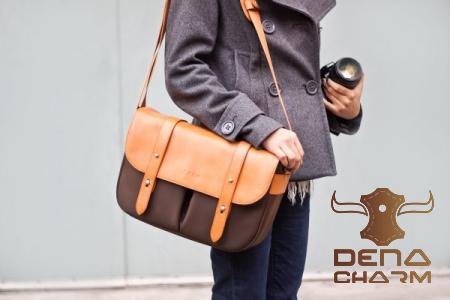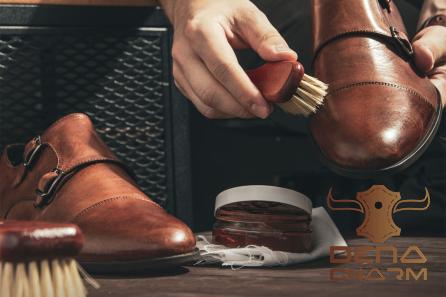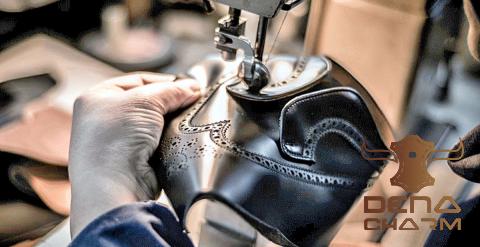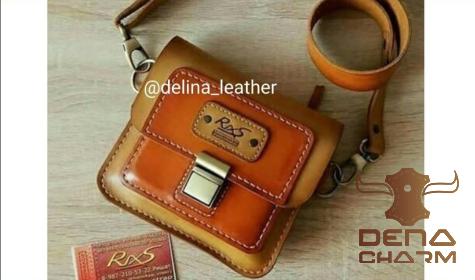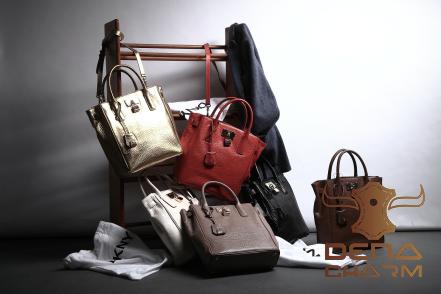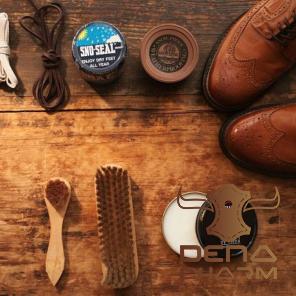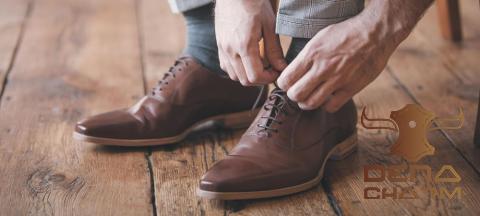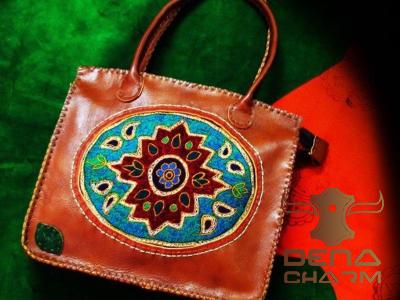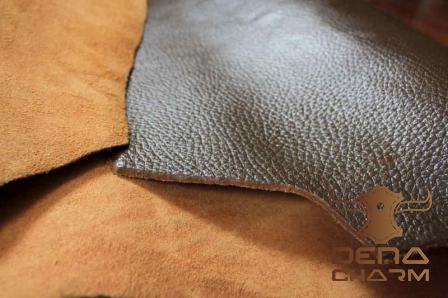Cow leather sheets are highly sought after in various industries for their durability, versatility, and timeless appeal. From fashion and upholstery to automotive and furniture industries, the demand for cow leather sheets continues to soar. In this article, we will discuss the features of cow leather sheets and shed light on the process of making them.
Features of Cow Leather Sheets
1. Durability: Cow leather sheets are renowned for their exceptional durability. The strength and toughness of cowhide make it resistant to wear and tear, ensuring that products made from these sheets last for years. This durability factor is especially crucial in industries such as footwear and furniture, where products are subjected to constant use and heavy loads.
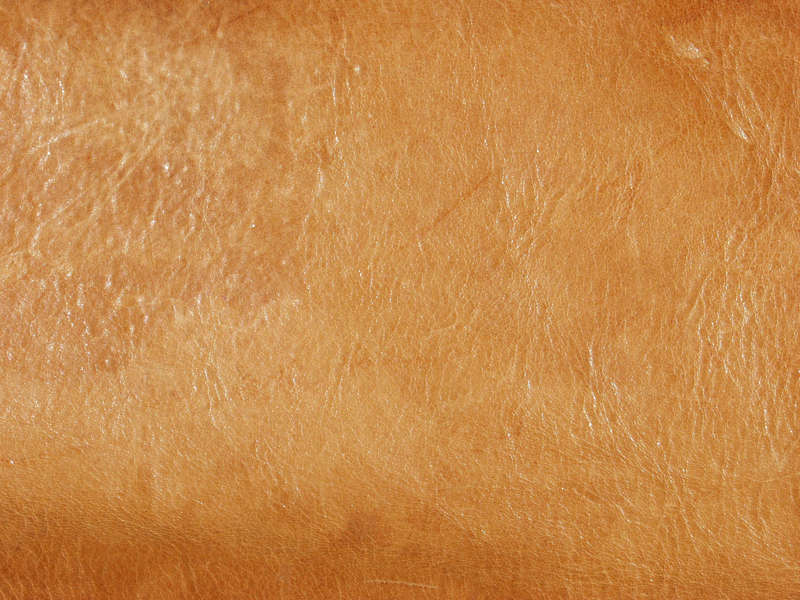
2. Natural Beauty: One of the most appealing features of cow leather sheets is their natural beauty. Each sheet showcases the distinctive grain pattern of the cowhide, making every product a unique piece. The natural markings in the leather, such as scars and wrinkles, add character and charm to the finished products.
3. Softness and Comfort: Despite its durability, cow leather sheets offer a remarkable level of softness and comfort. Through careful tanning and processing, the leather becomes supple, making it ideal for applications where comfort is essential, such as sofas, chairs, and footwear.
4. Breathability: Cow leather sheets have excellent breathability, allowing air to circulate and keep the skin cool and comfortable. This feature is particularly crucial for leather products used in clothing and accessories, ensuring that the wearer remains comfortable even in warm weather.
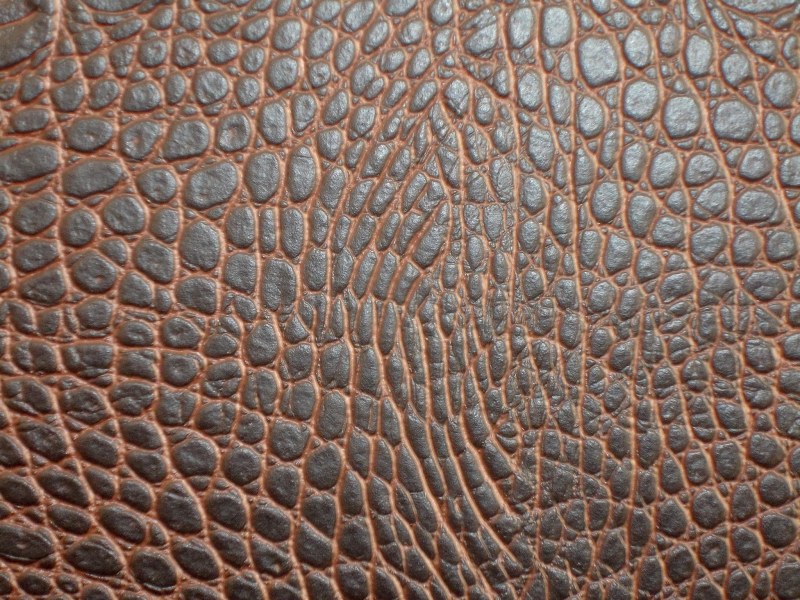
How to Make Cow Leather Sheets
1. Sourcing the Raw Material: The first step in making cow leather sheets is to source the raw material, which is typically cowhide. The hides are obtained from cows raised for their meat and are a byproduct of the meat industry. Sourcing cowhides from reputable suppliers ensures that the raw material is of high quality and free from defects.
2. Preservation and Cleaning: Once the cowhides have been obtained, they go through a preservation process to prevent them from decomposing. This is achieved through salting or refrigeration. After preservation, the hides are thoroughly cleaned to remove dirt, blood, and any other impurities.

3. Tanning: Tanning is the process that transforms the raw hides into leather. There are various tanning methods used in the industry, including vegetable tanning and chrome tanning. Vegetable tanning involves treating the hides with natural materials such as tree bark, while chrome tanning uses chromium salts. This process makes the hides more flexible, resistant to water, and prevents them from decomposing.
4. Splitting and Shaving: After tanning, the hides are split into several layers. The top layer, known as the grain side, is the highest quality and is used to make cow leather sheets. The lower layers can be processed into other types of leather products. The grain side is then shaved to achieve a consistent thickness and create an even surface for the final product.
5. Finishing: The final step in making cow leather sheets is the finishing process. This involves dyeing the leather to achieve the desired color, applying a protective coating, and buffing the surface to create a smooth and glossy finish. Finishing can be customized based on the intended use of the leather sheets, such as adding a matte finish for upholstery or a glossy finish for accessories.
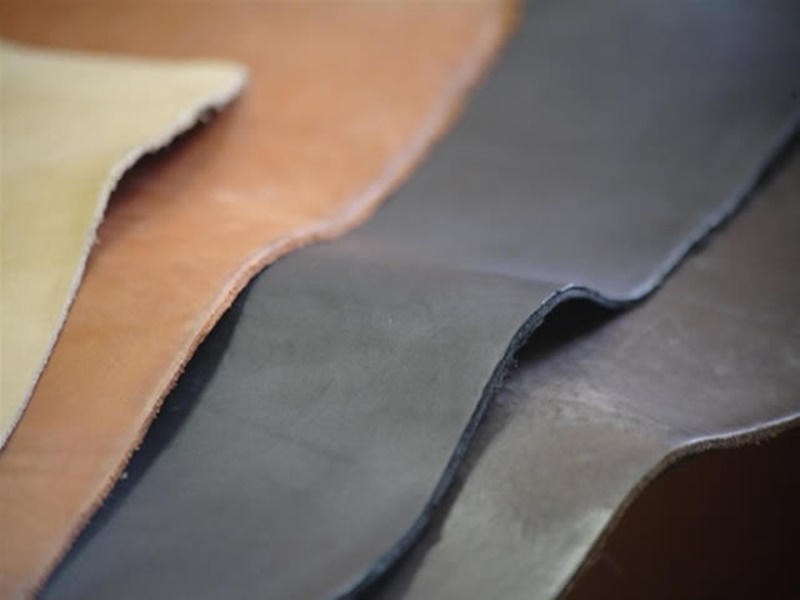
In conclusion, cow leather sheets offer a range of features that make them an ideal material for various industries. Their durability, natural beauty, softness, and breathability are highly valued in industries such as fashion, upholstery, automotive, and furniture. The process of making cow leather sheets involves careful sourcing, preservation, tanning, splitting, shaving, and finishing to ensure that the final product is of the highest quality. With its timeless appeal and exceptional qualities, cow leather sheets continue to be a top choice for businesses worldwide.
